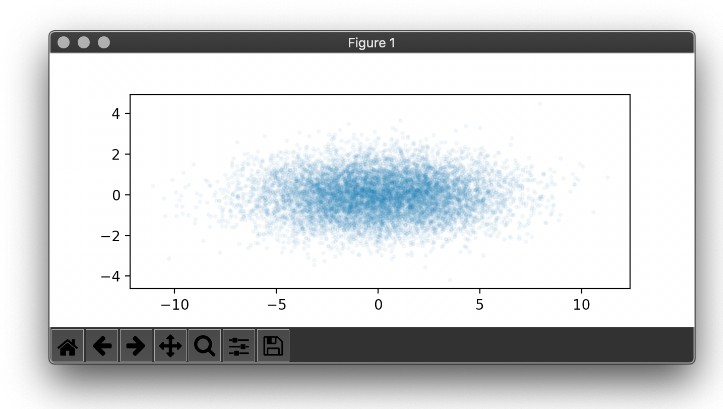PyMove
PyMove is a Python library for processing and visualization of trajectories and other spatial-temporal data.
Main Features
PyMove proposes:
- A familiar and similar syntax to Pandas;
- Clear documentation;
- Extensibility, since you can implement your main data structure by manipulating other data structures such as Dask DataFrame, numpy arrays, etc., in addition to adding new modules;
- Flexibility, as the user can switch between different data structures;
- Operations for data preprocessing, pattern mining and data visualization.
Creating a Virtual Environment
It is recommended to create a virtual environment to use pymove.
Requirements: Anaconda Python distribution installed and accessible
- In the terminal client enter the following where
env_nameis the name you want to call your environment, and replacex.xwith the Python version you wish to use. (To see a list of available python versions first, type conda search "^python$" and press enter.)conda create -n <env_name> python=x.xPress y to proceed. This will install the Python version and all theassociated anaconda packaged libraries atpath_to_your_anaconda_location/anaconda/envs/env_name
- Activate your virtual environment. To activate or switch into your virtual environment, simply type the following where yourenvname is the name you gave to your environment at creation.
conda activate <env_name>
- Now install the package from either
conda,piporgithub
Conda instalation
conda install -c conda-forge pymove
Pip installation
pip install pymove
Github installation
- Clone this repository
git clonehttps://github.com/InsightLab/PyMove
- Switch to folder PyMove
cd PyMove
- Switch to a new branch
git checkout -b developer
- Make a pull of branch
git pull origin developer
- Install pymove in developer mode
make dev
For windows users
If you installed from pip or github, you may encounter an error related to shapely due to some dll dependencies. To fix this, run conda install shapely.
Examples
You can see examples of how to use PyMove here
Mapping PyMove methods with the Paradigms of Trajectory Data Mining

- 1: Spatial Trajectories →
pymove.coreMoveDataFrameDiscreteMoveDataFrame
- 2: Stay Point Detection →
pymove.preprocessing.stay_point_detectioncreate_or_update_move_stop_by_dist_timecreate_or_update_move_and_stop_by_radius
- 3: Map-Matching →
pymove-osmnx - 4: Noise Filtering →
pymove.preprocessing.filtersby_bboxby_datetimeby_labelby_idby_tidclean_consecutive_duplicatesclean_gps_jumps_by_distanceclean_gps_nearby_points_by_distancesclean_gps_nearby_points_by_speedclean_gps_speed_max_radiusclean_trajectories_with_few_pointsclean_trajectories_short_and_few_pointsclean_id_by_time_max
- 5: Compression →
pymove.preprocessing.compressioncompress_segment_stop_to_point
- 6: Segmentation →
pymove.preprocessing.segmentationbbox_splitby_dist_time_speedby_max_distby_max_timeby_max_speed
- 7: Distance Measures →
pymove.distancesmedpmedteuclidean_distance_in_metershaversine
- 8: Query Historical Trajectories →
pymove.query.queryrange_queryknn_query
- 9: Managing Recent Trajectories
- 10: Privacy Preserving
- 11: Reducing Uncertainty
- 12: Moving Together Patterns
- 13: Clustering →
pymove.models.pattern_mining.clusteringelbow_methodgap_statisticsdbscan_clustering
- 14: Freq. Seq. Patterns
- 15: Periodic Patterns
- 16: Trajectory Classification
- 17: Trajectory Outlier / Anomaly Detection →
pymove.semantic.semanticoutlierscreate_or_update_out_of_the_bboxcreate_or_update_gps_deactivated_signalcreate_or_update_gps_jumpcreate_or_update_short_trajectorycreate_or_update_gps_block_signalfilter_block_signal_by_repeated_amount_of_pointsfilter_block_signal_by_timefilter_longer_time_to_stop_segment_by_id









